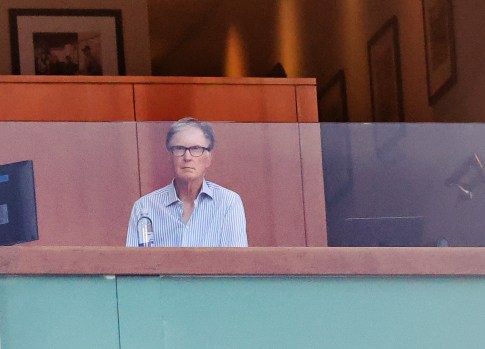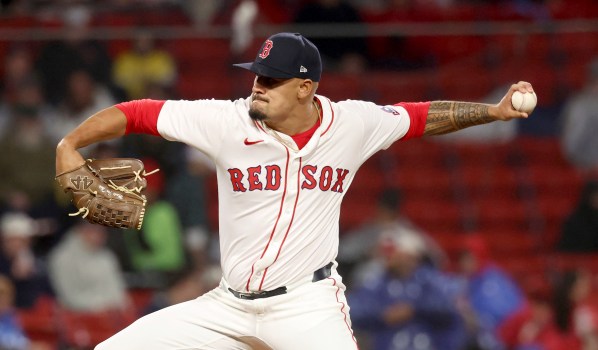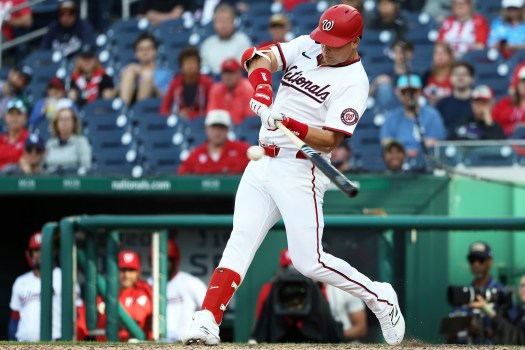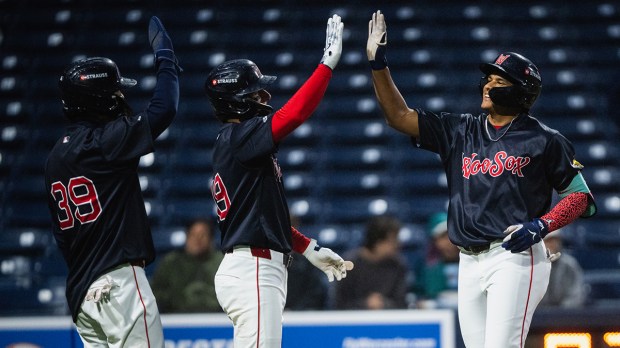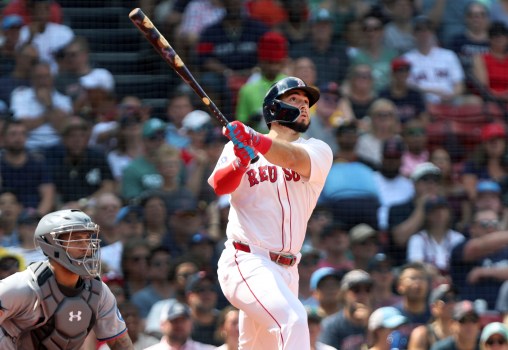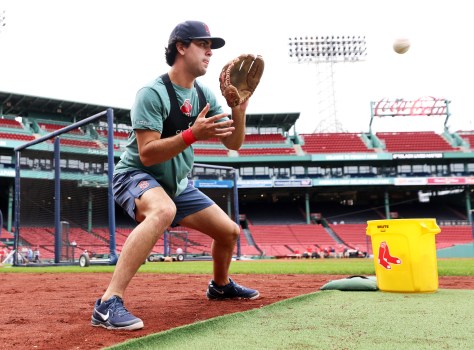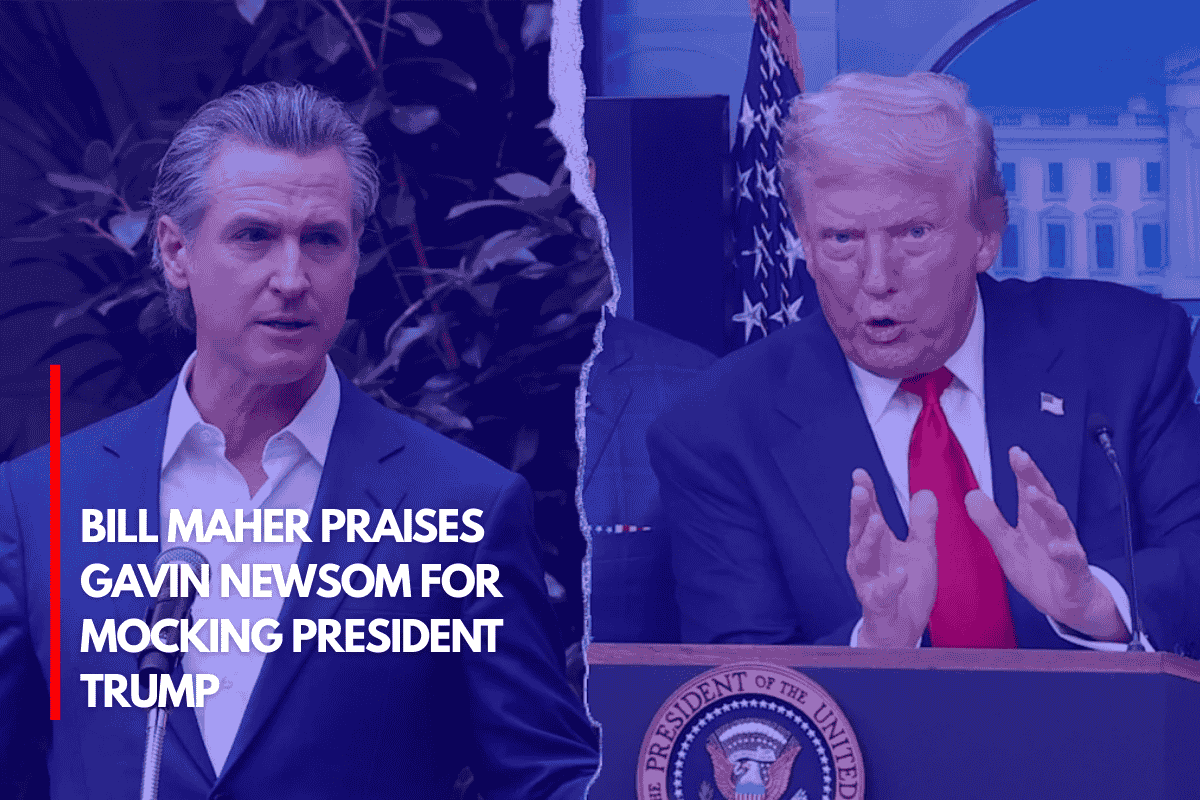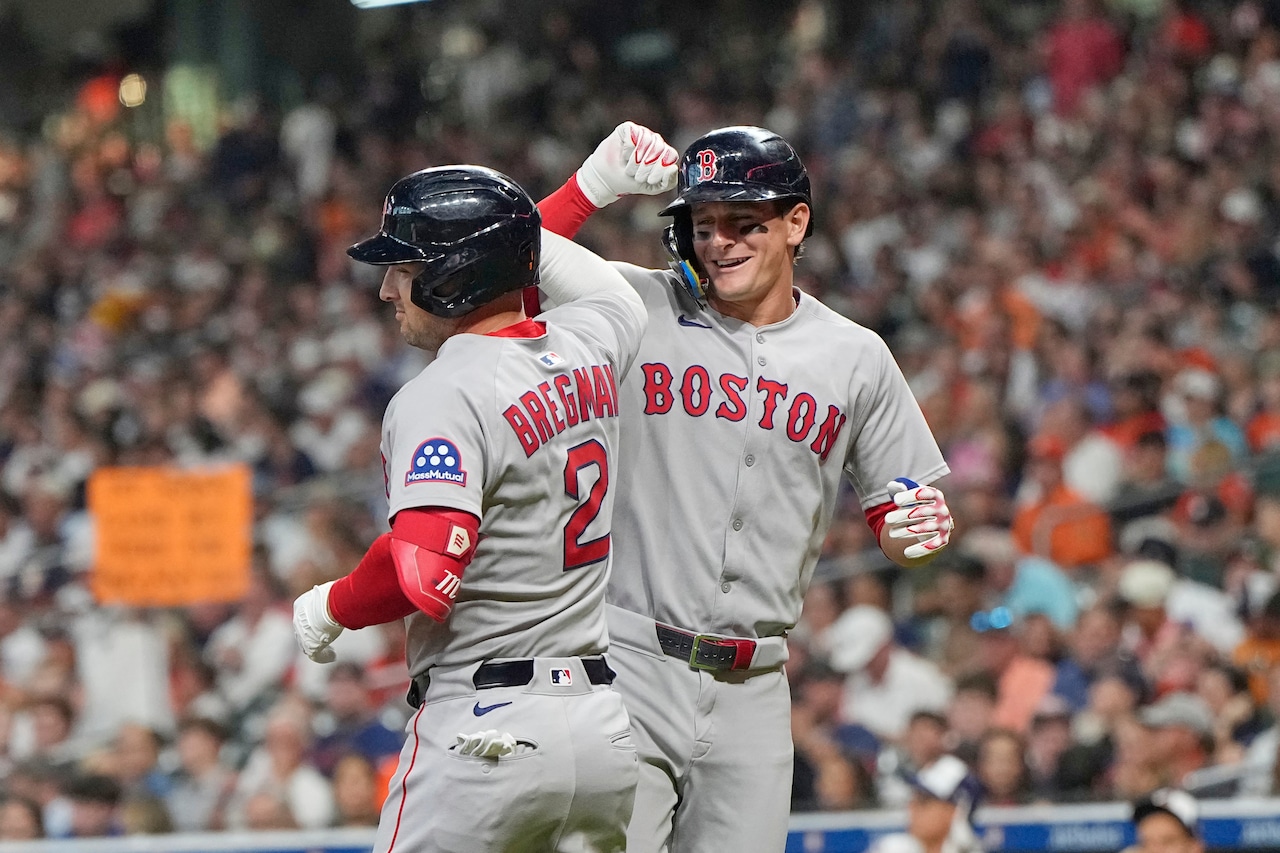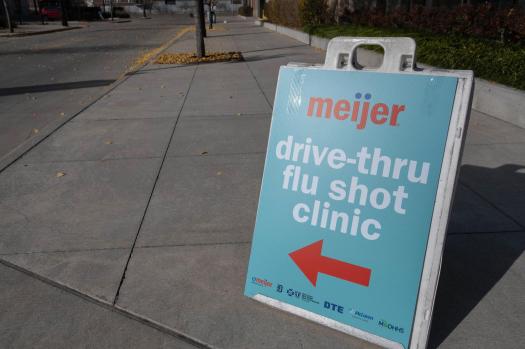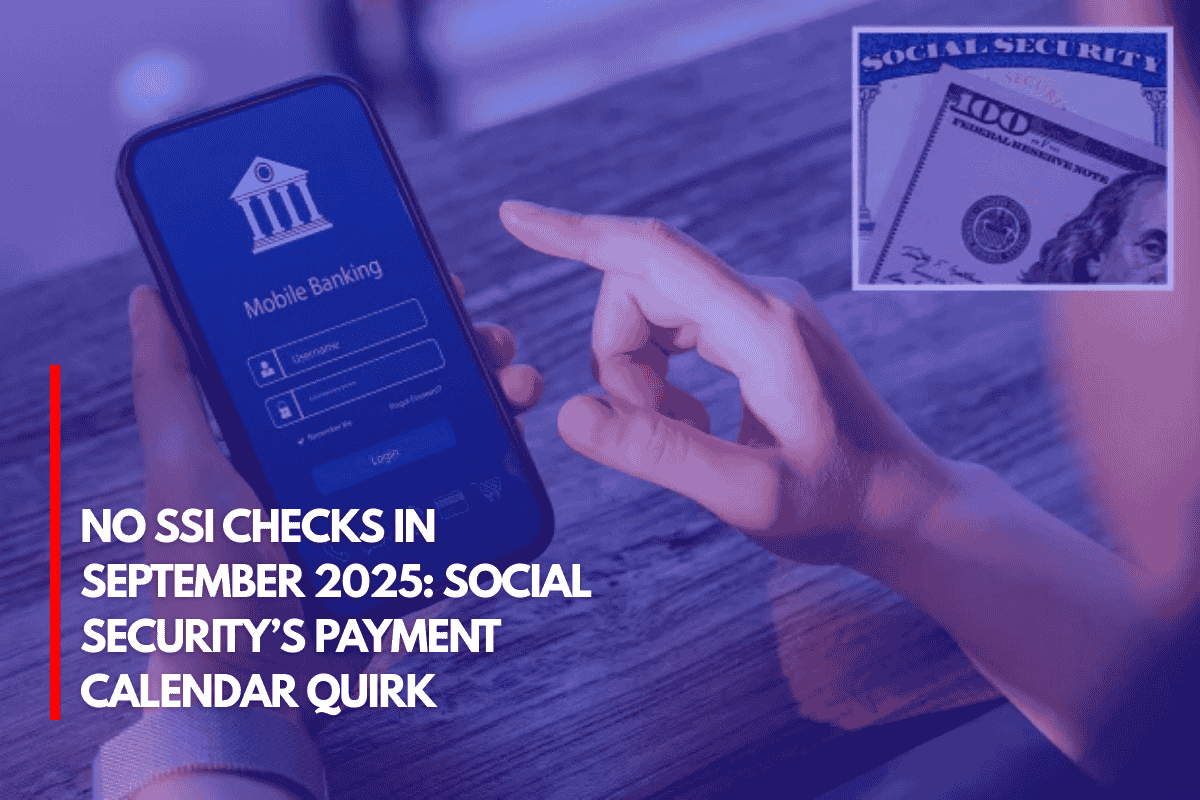How do we assess a club owner’s success in the more analytical world of professional sports? Any useful statistic must look beyond the bottom line because the league’s exclusive position essentially guarantees financial profit. Should we use victories and losses as the basis for our evaluations? Or should we think of team owners’ duties as community partners and leaders?
The current baseball season will have a significant impact on John Henry’s legacy both on and off the field. Henry is the major owner of the Boston Red Sox.
Henry, who has owned Fenway Park for the team’s four World Series victories (2004, 2007, 2013, and 2018), has appeared to shun the local limelight in recent years. By the end of the 2024 season, Henry had gained a reputation among some ardent supporters as uninvested and distant, more focused on financial transactions overseas than on his struggling Red Sox, following years of subpar on-field performance and dubious personnel choices.
That story appeared to change in February. A few days prior to the commencement of spring training, Henry authorized a significant additional expense: a staggering $40 million annual contract for Alex Bregman, a free agency star. With two World Series rings and eye-popping numbers at Fenway, Bregman’s arrival helped allay critics of ownership’s frugal spending. A picture of John Henry enjoying a large cigar while sitting in front of a fireplace in an opulent living room went viral on social media in the hours following the deal’s announcement.
The image appeared to be intended to serve as the focal point of a new narrative about team ownership, bravery, and engagement when it was first uploaded to Instagram by Henry’s wife and colleague CEO Linda Pizzuti Henry. Fans caught a glimpse of a man at the top who suddenly appeared to care, peeking past the curtains of power.
The Bregman trade continues to have significant ramifications, as Sox supporters are well aware. The Sox’s All-Star third baseman seems ready to take the lead in the closing games. Rafael Devers, his predecessor at the hot corner, is currently a San Francisco Giants player. On Jersey Street, ownership’s ability to mold Red Sox employees’ identities continues to be key.
Even though they are the most well-known and compensated, the players on the field only make up a small portion of the staff that makes Fenway Park come alive 81 times each summer. The park’s service staff went on strike last weekend during the team’s sold-out series against the Los Angeles Dodgers. Contract negotiations between their union, UNITE-HERE Local 26, and Aramark, the firm that operates the concession stalls at Fenway, have been deadlocked for months.
The wages paid to the employees, many of whom have been working at Fenway for decades, are far less than those of their peers in other Boston locations and other Major League Baseball ballparks. High-tech computerized check-out equipment that appear to be intended to diminish and devalue their professions have presented fresh difficulties for Fenway’s servers and bartenders this season. The employees at Fenway are looking for contractual safeguards that will give them a voice in determining how service automation in the park is developed, just like in many other workplaces around the nation, from manufacturing lines to movie studios. Following the three-day strike, Local 26 declared that they are still open to additional discussions with Aramark and that, should a fair contract not be reached, more work actions could be taken.
The Local 26 members have pushed John Henry to actively participate in negotiating a settlement throughout their campaign. Henry and his fellow owners might claim to be above the fray and not be involved in labor issues, just like other employers who opt to contract out sections of their operations to other businesses. This seems to be the strategy used by Sox management thus far, which raises the question of what happened to the hero with the cigar. To make sure that everyone who works at Fenway Park is treated fairly and has the chance to succeed, wouldn’t a great team owner have the guts and foresight to use their own significant negotiation power, including the potential to review future subcontracting agreements?
Most players only stay in Boston for a few years, as Red Sox fans like myself are all too aware. After this season, Bregman has the option to opt out of his contract. In contrast, Local 26 members are committed to the long term. Furthermore, the agreement they eventually reach with Aramark will influence the standard of work at Fenway for some time to come. Why wouldn’t John Henry do every effort to ensure that these vital Red Sox players receive fair treatment?
Daniel A. Gilbert is an associate professor at the University of Illinois at Urbana-Champaign, where he teaches history and labor and employment relations. Expanding the Strike Zone: Baseball in the Age of Free Agency is his book.
